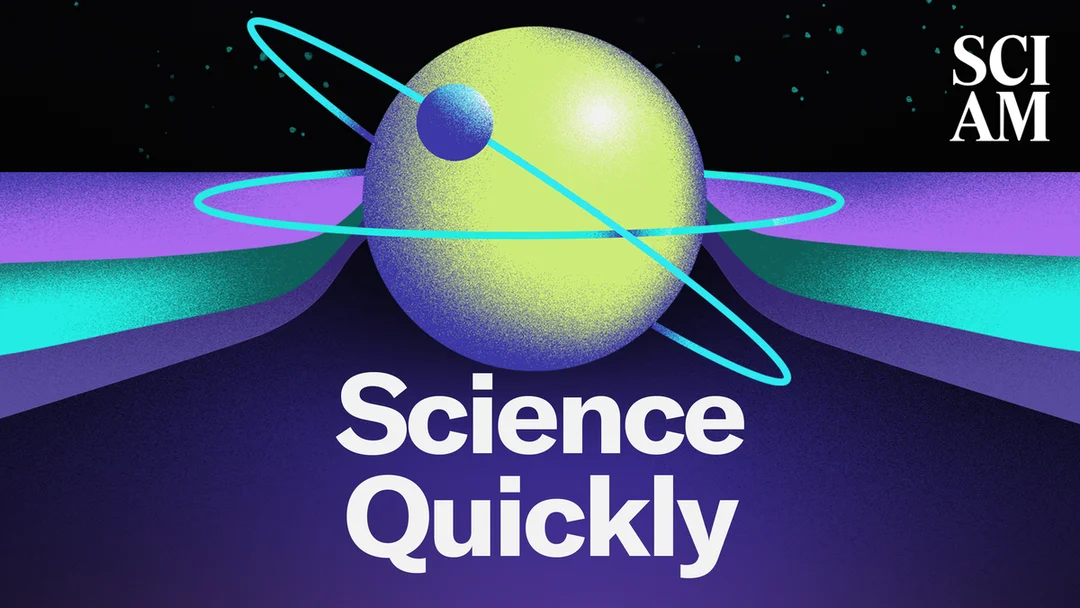
Jupiter’s Volcanic Moon Io Erupts With Unprecedented Fury: NASA’s Juno Mission Reveals Hellish Activity
NASA's Juno mission is rewriting what we know about Jupiter's moon Io. New data reveals volcanic activity on a scale never before seen in our solar system. Is this hellish landscape a glimpse into Earth's volcanic past, or a preview of its fiery future?
The Juno spacecraft, currently orbiting Jupiter, has provided startling insights into Io's extreme volcanism. According to Scott Bolton, principal investigator of NASA's Juno, Io is covered in volcanoes, with hundreds erupting simultaneously. "There's nothing in our solar system that we've seen that has so many volcanoes all going off at the same time, continuously," says Bolton.

Juno's polar orbit allowed it to observe Io's poles for the first time, revealing volcanoes scattered across both regions. These eruptions are so powerful that they rival the energy output of all of Earth's power plants combined. In December, Juno spotted a massive volcanic hotspot in Io’s southern hemisphere, estimated to be nearly a third larger than Lake Superior and spewing six times as much energy as all of Earth’s power plants combined. According to the latest Juno data, that eruption was still spitting out ash and lava as of March 2.
Why is Io so volcanically active? The answer lies in Jupiter's immense gravitational pull. Io's orbit around Jupiter isn't perfectly circular, causing the moon to be constantly squeezed and distorted. This gravitational stress generates tremendous heat within Io, melting its interior and fueling the frequent eruptions. Data suggests that about 10 percent of Io’s surface has remnants of slowly cooling lava just below the surface.

Juno got within 1500 km above Io’s surface. This perilous journey through a high-radiation environment highlights NASA's ingenuity and the commitment to pushing the boundaries of space exploration.
Beyond Io, Juno continues to study Jupiter's turbulent atmosphere, capturing stunning images of the gas giant's belts, zones, and polar cyclones. The spacecraft also observed a consistent cluster of cyclones around Jupiter's poles. Scientists say they’ve seen the storms slowly drift toward the pole—but then bounce off one another when they get close. That could help explain why this set of storms is so stable.

Juno's Microwave Radiometer (MWR), specifically designed to peer beneath Jupiter's cloud tops, has also proven invaluable for studying Io's subsurface. "When we pointed at Io, somewhat serendipitously, it allowed us to see into the rock and lava to provide the first real look inside of the moon’s subsurface structure," says Bolton.
As Juno continues its mission, what more will it reveal about the dynamic interplay between Jupiter and its fiery moon? Will it uncover new secrets about the formation and evolution of our solar system? Share your thoughts and predictions in the comments below.